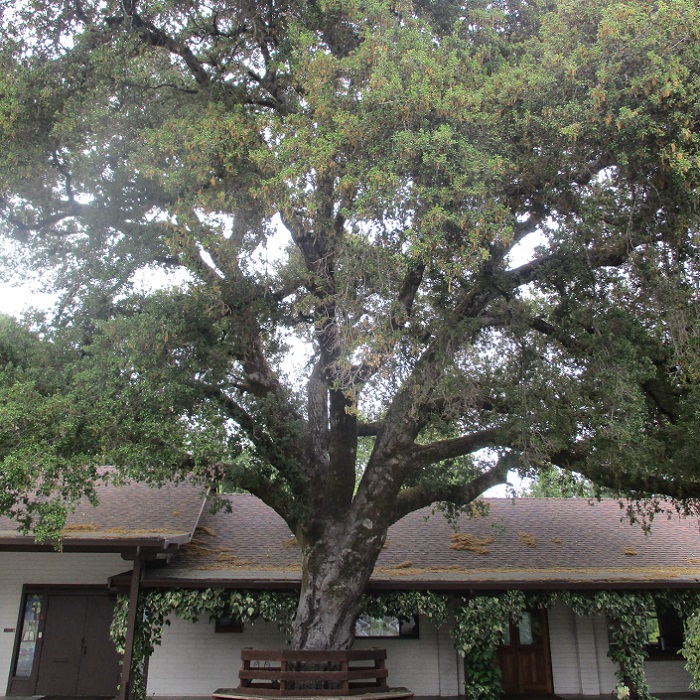UNITED STATES—Oak, which might seem to be obvious to many of us, was identified by the Arbor Day Foundation as the People’s Choice for American’s National Tree. We certainly like our redwoods and exotic palms in California. Quaking aspen and blue spruce are probably favorites in Colorado. Sugar maple must be the most popular in Vermont. Yet, everyone appreciates the mighty American oaks.
Connecticut, Georgia, Illinois, Iowa, Maryland, New Jersey and the District of Columbia each have an oak as the official state tree. ‘Oak’ is one of the more traditional names for streets and roads throughout America. Just in California, at least eight towns are named after oaks, both in English and Spanish. Oaks put the ‘oak’ in Oaklahoma! (Oakay, maybe that last one is an exaggeration.)
So, now that we know that oak is what most Americans want to be the National Tree, does anyone know what species the oak should be? Well, that will take a bit more work. There are so many in America. There are too many to select from just in California! They are each so unique too. Some grow into grand trees. Others are shrubby scrub oaks. They might be deciduous or evergreen.
It is important to be aware that, just because oaks are the most popular trees in America, they are not necessarily appropriate for home gardens. Some, particularly in California, are best in the wild outside of landscaped areas. Some get too big. Some are too messy with acorns and leaves that fall slowly for a long time, either evergreen or deciduous. Some are susceptible to disease.
It is also important to be aware that big mature oaks, as rugged as they seem to be, are remarkably sensitive to modifications to their environment. Wild oaks that matured in areas that were not landscaped can succumb to rot in only a few years if the ground below them gets landscaped and regularly watered. Oaks planted into new landscapes adapt to the watering they get while young.
For landscapes that can accommodate them, oaks are grand and elegant shade trees that last a lifetime. There are many good reasons for their popularity.
Highlight: coast live oak
The valley oak of the Sacramento Valley, San Joaquin Valley, and coastal valleys to the west, is the grandest oak of North America. Within the coastal half of that range, and extending down past San Diego, the coat live oak, Quercus agrifolia, is a nearly comparable second grandest. The biggest subjects may be as tall as 70 feet, and nearly as wide, with trunks wider than 10 feet!
However, there is significant variability. Trees in forest situations do not get as big, and may stay lower than 25 feet, with shrubby branch structure. While the biggest can get older than two centuries, smaller trees may not live half as long. The canopies of exposed solitary trees might reach the ground, while more social or sheltered trees are likely to shed lower growth with maturity.
Coast live oaks are typically pretty gnarly, and many have multiple flaring trunks. The dark evergreen leaves are only about an inch or two long, and half as wide, with bristly teeth on convex edges. The narrow inch long acorns can be messy. Roots are very sensitive to excavation and excessive irrigation. Sudden Oak Death Syndrome prevents new trees for getting planted in many regions.
Horticulturist Tony Tomeo can be contacted at tonytomeo.com.






